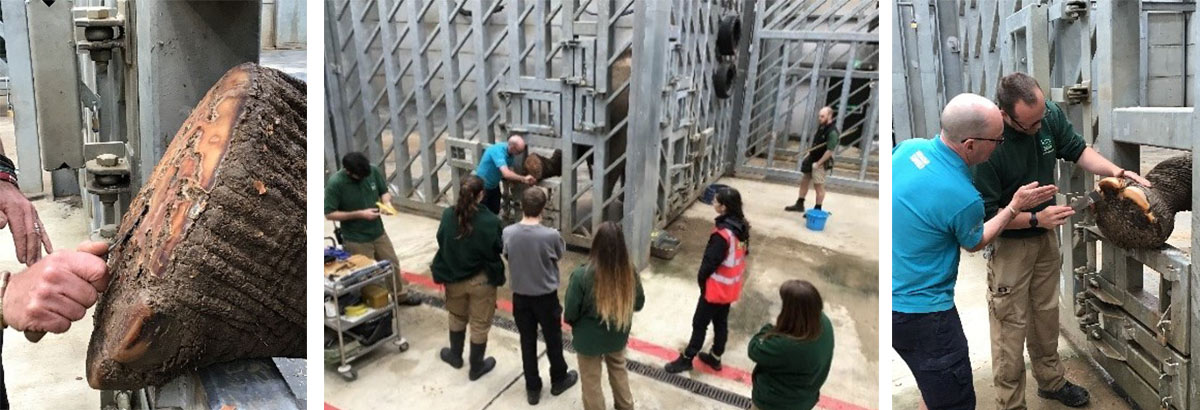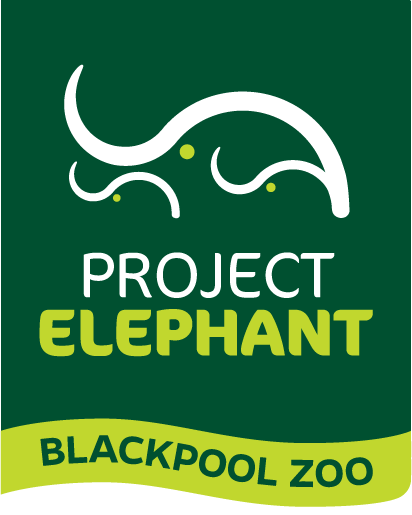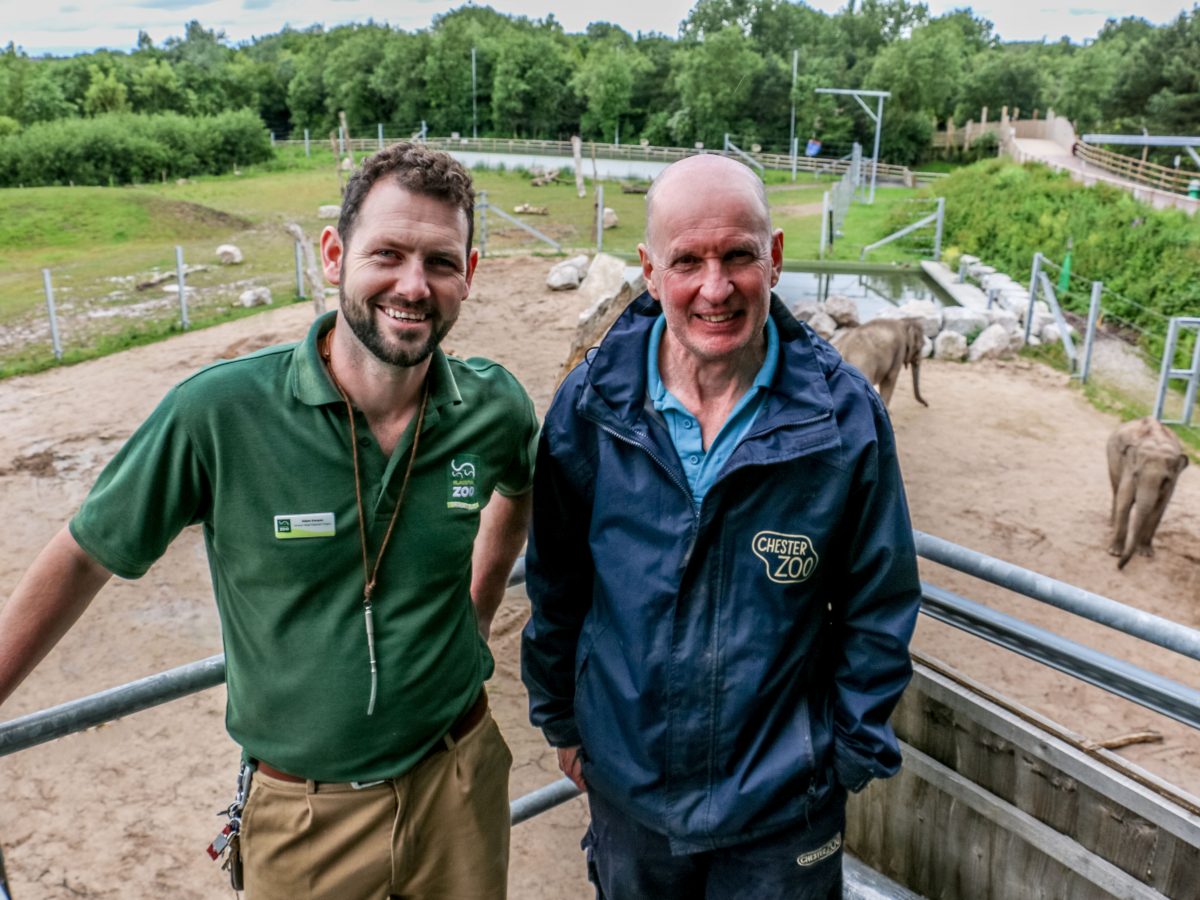Project Elephant is our long-term commitment to securing a future for Asian Elephants, but we can’t do this without first ensuring the highest possible levels of care for our herd here at Blackpool Zoo. Project Elephant Base Camp is at the heart of the project, it’s where we strive to obtain the best standards of husbandry and welfare for our resident herd, none of which would be possible without the dedication of our passionate, competent and knowledgeable elephant keepers.
While our staff are highly trained and skilled in their roles, we’re committed to providing opportunities for further training and continued professional development. One of the key ways we can do this is through collaboration with others working in the same field, using our shared knowledge to continually enhance the level of care we provide for our elephants.
This week we were joined by Alan Littlehales from Chester Zoo, who spent two days at Base Camp mentoring some of the newer members of our team and broadening our knowledge in the world of elephant foot care. Alan has over 20 years’ experience working with elephants and in particular is a specialist in the foot care and foot health of these amazing giants. Alan was sharing his wealth of expertise with the team on everything from technique, tools and equipment care, to the functionality and anatomy of the elephant’s foot.
Base Camp has been designed in such a manner that to a large extent our elephants can undertake their own natural physical care and the terrain and substrates we offer all promote good foot health. By digging in the sand or grass naturally wears their nails and pads down, as do their day to day movements around their habitat.
However, as an elephant’s foot can support upwards of 3 tonnes in weight, it’s incredibly important that we monitor them closely and provide any additional foot care where needed. All of our elephants go through a weekly health check where, among other things, we check for and treat any unnatural overgrowth, using the same tools that a farrier would use on a horse.
By keeping their feet healthy and in good condition we are reducing the chance of infections, joint problems and weight distribution issues, all of which could ultimately compromise their welfare.

Pictures show (left to right) – trimming of the pad, an opportunity for other keeping staff to learn, Alan discussing technique with Andrew.

